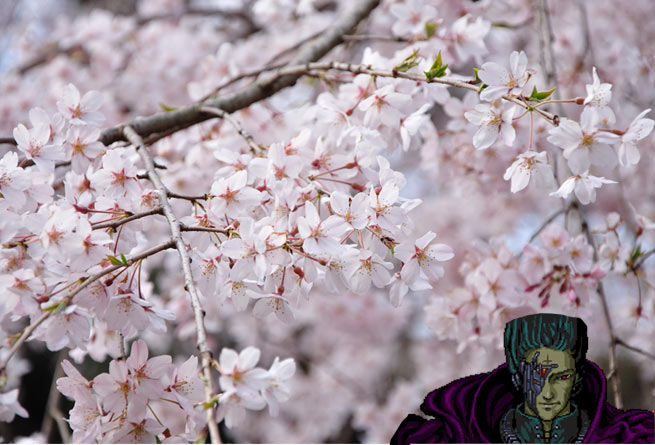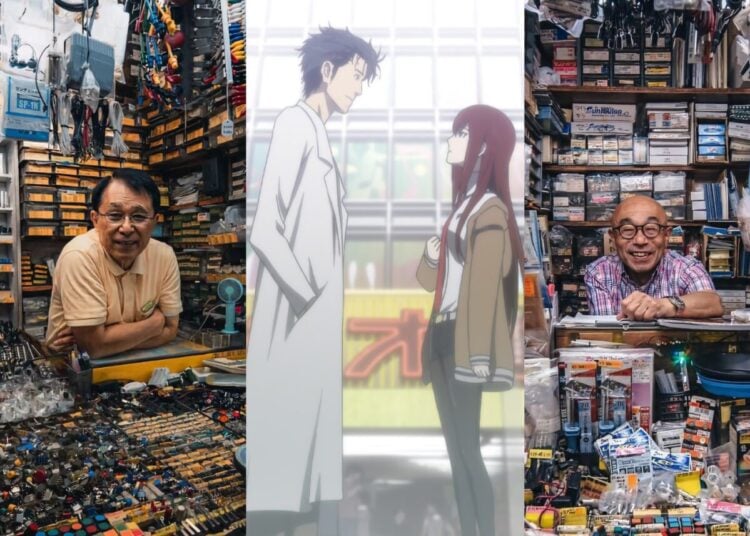Spring has finally arrived, a great time to enjoy the cherry blossoms which transform Japan into the most beautiful place on Earth for a week or so. It’s also time for…debating whether Japan’s sakura are actually Korean? Every year, articles appear in South Korean newspapers claiming that that “even though Japanese scholars recognize [that Japan’s cherry trees actually came from Korea], Japan is trying to make the world believe they are from Japan.” Japanese point out that the most popular type of tree for cherry blossoms, known as the “Yoshino cherry,” was developed via cross-breeding of various strains in Japan during the Edo Period, when Japan closed itself off from most outside trade, and that DNA testing has shown Japanese trees to be separate from those in South Korea. Koreans have a deep-rooted cultural tradition of insisting that virtually every aspect of Japanese culture, from sushi to ninja to natto fermented soybeans to origami and even the Akita-ken breed of dogs, actually came from Korea, and scholars spend years compiling evidence for why Korea’s culture should be lauded on the world stage instead of Japan’s. This Korean national obsession is quite tedious to the Japanese, and I saw one funny comment on a Japanese BBS: “At least we know the origin of 中二病 chuunibyo,” referring to “8th graders’ disease,” e.g. the adolescent fantasies and delusions seen in anime like Chu2koi and Steins;Gate.
There’s no doubt that there has been massive cultural sharing between the Korean Peninsula and Japan, with agriculture, kanji writing, Shinto and Buddhism and most likely the Imperial Family itself originating from Korea. Yet all countries share ideas, culture, language, food and traditions. The Portuguese got Oda Nobunaga to allow Christian missionaries into Japan by giving him kompeito candies in 1569, and the red peppers that give Korean kimchee its delightful zing entered Korea through Japan. (Source: Wikipedia.) The point is that mature countries enjoy the sharing of culture and revel in the fact that there’s a local Country/Western music scene in New Zealand or that Mongolian hip-hop exists in the world, and don’t try to bring their neighbors down all the time like, well, an 8th grader. When I look at the anime industry as a whole today, I don’t see it as a “Japanese” thing but an amazing pan-Asian culture that includes Japan, South Korea, Taiwan, China, and Vietnam, who all work together to create the anime that we love, which is shared all over the world.

Korea to Japan: “All Your Culture Are Belong To Us.”















